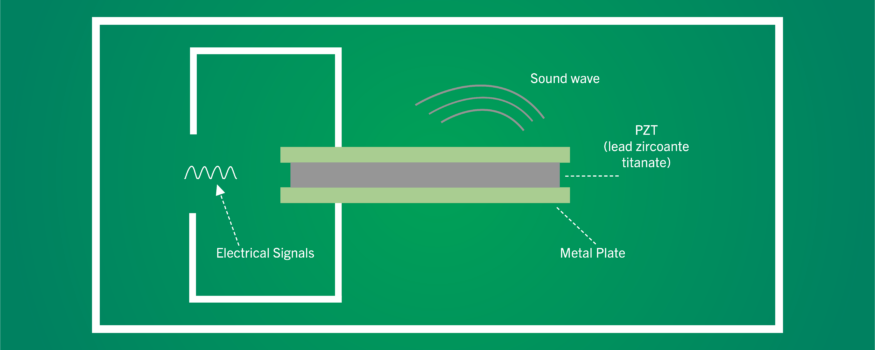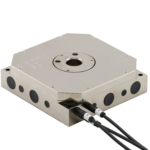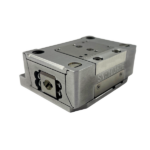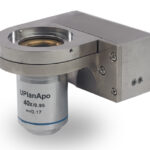
Queensgate offers a range of diverse Piezo-driven actuators that are at the forefront of nanopositioning applications in material science, semiconductor manufacturing, astronomy, and life sciences – but did you know that the technology is based on a discovery that was made in the 19th Century?
The piezoelectric effect was discovered in 1880 by Pierre and Jacques Curie. By applying a mechanical force to certain materials such as quartz crystals, they found out that the quartz crystal generated an electric current. In 1891 they demonstrated the inverse piezoelectric effect: where they applied an electrical field to a quartz crystal causing it to physically deform, leading to minute changes in its physical structure.
The inverse piezoelectric effect is used in our Queensgate nano actuation systems – a highly refined and controlled form, allowing for highly precise movements measured in nanometres, with picometer accuracy.
Learn more about the Curie brothers’ discovery and how the inverse piezoelectric effect has been reshaped to develop the Piezo Actuators that are in use today in our latest article: Learn more







